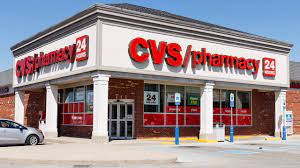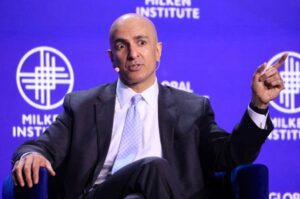Bolstered by a Delta variant induced resurgence in COVID-19 tests and inoculations, CVS Health (NYSE:CVS) issued a solid beat-and-raise quarterly report that has the stock exhibiting notable relative strength today. Each of the company’s three operating segments — Health Care Benefits (HB), Pharmacy Services (PS), and Retail/LTC — generated healthy revenue growth, although the HB division was pressured by higher customer care costs due to the virus.
The impact of COVID-19 on CVS’s financial performance is substantial. During the quarter, the company administered 8.5 mln tests and gave 11.6 mln shots, putting it on target to produce around $3 bln in revenue this year from those two sources alone.
CVS’s Retail/LTC segment is experiencing the most profound positive impact as 40% of the segment’s $2.27 bln increase in Q3 revenue was driven by COVID-19 diagnostic testing, shots, and over-the-counter test kits. However, there is another factor at play behind the segment’s growth. Recall that in the year-earlier period, in-store foot traffic was still relatively light and many people continued to delay doctor visits. This had a negative effect on prescriptions filled, which were up a fairly modest 4.6% in 3Q20. With people returning to doctors’ offices in larger numbers, new therapy prescriptions are on the rise, contributing to an 8% jump in prescriptions filled for this quarter.
The story is very similar in the PS business. For the quarter, revenue climbed by 9.3%, fueled by a 6.9% increase in pharmacy claims processed from its employer, health plan, and government employee group customers. Like the Retail/LTC segment, a surge in COVID-related activity and a bump in new prescriptions pushed sales higher.
On the other end of the spectrum, COVID-19 is providing a headwind to the HB segment due to raising costs of care. Although HB revenue was up 9.5% in Q3, partially due to the addition of 187,000 new medical members, adjusted operating income edged higher by only 2.4% as virus care costs cut into profit margins. The good news is that CVS anticipates that COVID-19 care costs will decrease next year, offsetting some of the impact from an expected drop in retail purchases for tests and other virus-related products.
For the remainder of this year, CVS is bullish on its prospects, as evidenced by its upwardly revised guidance. The company is now pegging FY21 EPS at $7.90-$8.00, up from its prior projection of $7.70-$7.80. Given that CVS beat Q3 EPS estimates by $0.18, the $0.20 bump in guidance may seem a bit underwhelming. It’s important to note, though, that CVS has been comfortably outperforming its own expectations.
The main takeaway is that CVS’s status as a go-to provider of COVID-19 care and products worked in its favor again this quarter. Although that catalyst should diminish over time, the company has positioned itself for sustainable growth through three core business segments that complement each other.





